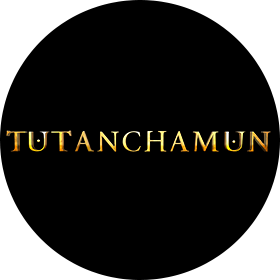Few countries fascinate people as much as ancient Egypt. This immersive narrative takes you into a captivating civilization, drawing us in with its mysteries hidden in the desert sand and dissolving in the waters of the Nile. TUTANCHAMUN – THE IMMERSIVE EXHIBITION EXPERIENCE transports visitors to a time when the gods of the pyramid land awoke, bringing the impressive temples of ancient Egypt back to life before their eyes, as magnificent and colorful as they were at that time.
The discovery of the lavishly furnished, nearly undisturbed tomb of the young Pharaoh Tutankhamun on November 4, 1922, made the British archaeologist Howard Carter world-famous overnight. It is the original voice of Howard Carter that accompanies and guides you in exploring perhaps the most extraordinary archaeological find in history during the immersive show.
This realistic immersive exhibition is complemented by a full-body virtual reality experience in the tomb of Tutankhamun in the Valley of the Kings in Luxor. In the interactive experience space, visitors have the opportunity to learn more about hieroglyphics, dive into the world of archaeology, and—like Howard Carter in 1922—discover treasures at original size. In the full-body virtual reality section of the exhibition, guests become heroes on a journey through the winding paths of the Book of the Dead to the court of Osiris, and if they successfully master all the trials, they gain eternal life in the Fields of Ialu—the "afterlife" of the ancient Egyptians.
